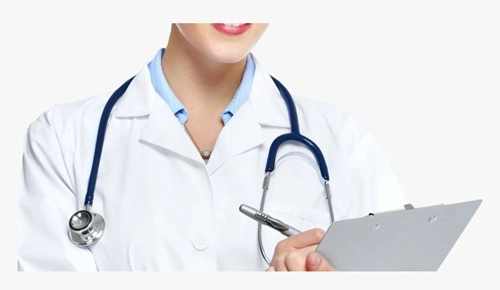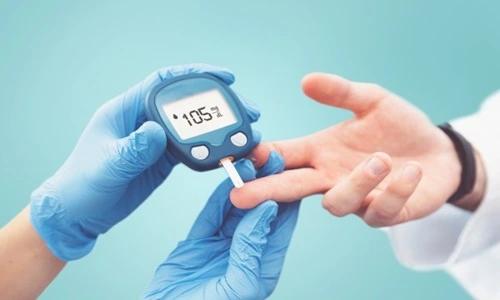MBBS is the degree that makes you a doctor. It includes theoretical education and clinical training so that the students learn as well as acquire clinical skills. Of all the subjects that they learn, pharmacology is a highly important subject in which the future doctors learn life-saving drugs, such as antidiabetic drugs, which treat one of the most prevalent world health diseases: diabetes.

MBBS Syllabus – Step-by-Step Learning Path
The MBBS Syllabus in India has a duration for 4.5 years – 5.5 years. The syllabus is framed in steps so that the students progress from basic sciences to clinical practice.
Pre-Clinical Phase (1st Year)
The students are first introduced to the fundamentals of medicine:
- Anatomy – The study of human body structure and dissection.
- Physiology – How the human body works.
- Biochemistry – Chemical and molecular processes in the body.
This period forms the basis for disease and treatment understanding later.
Para-Clinical Phase (2nd Year)
Attention turns towards mechanisms of disease and science of treatment:
- Pathology – Disease pathology and causation.
- Microbiology – Microbes and infection.
- Pharmacology – Drugs and drug action (including antidiabetic drugs).
- Forensic Medicine – Legal framework of medical practice.
- Community Medicine – Preventive medicine and public health.
Clinical Phase (3rd & 4th Year)
Students start practicing with patients under supervision and learn:
- General Medicine
- General Surgery
- Paediatrics
- Obstetrics & Gynaecology
- Ophthalmology
- ENT
- Orthopaedics
Internship (1 Year)
Hospital departmental rotations provide students an opportunity to implement their skills on actual medical cases.
Diabetes Mellitus is a chronic disease where blood sugar levels are persistently raised owing to either lesser quantities of insulin secretion or defective utilization of insulin. It, if not treated, leads to severe complications such as renal failure, neuropathy, and heart disease.
Antidiabetic drugs are those which keep blood sugar within normal range. They are divided into insulin preparations and oral drugs.
Classification of Antidiabetic Drugs
- Insulin Preparations
- It used under Type 1 Diabetes and complex Type 2 Diabetes.
- Rapid-acting: Insulin lispro, aspart
- Short-acting: Regular insulin
- Intermediate-acting: NPH insulin
- Long-acting: Insulin glargine, detemir
Oral Hypoglycaemic Agents (Mainly for Type 2 Diabetes)
- Biguanides: Metformin – First-line medicine, decreases liver glucose production.
- Sulfonylureas: Glipizide, glyburide – Stimulate discharge of insulin from the pancreas.
- Meglitinides: Repaglinide – Short-acting insulin releasers.
- Thiazolidinediones (TZDs): Pioglitazone – Enhance insulin sensitivity.
- DPP-4 Inhibitors: Sitagliptin, vildagliptin, will Enhance incretin hormone activity.
- SGLT2 Inhibitors: Dapagliflozin, empagliflozin – Assist the kidneys in ridding the body of excess sugar via the urine.
- Alpha-glucosidase inhibitors: Acarbose – Delays the absorption of carbohydrates from the gut.
GLP-1 Receptor Agonists (Injectable)
- Examples: Liraglutide, exenatide – Stimulates the release of insulin and aids in weight loss.
Mechanism of Action – How They Work
- Insulin: Replaces or adds to the body’s own insulin.
- Sulfonylureas: It will help in stimulating the pancreatic beta cells to secrete insulin.
- TZDs: Will Increase body’s sensitivity to insulin.
- DPP-4 Inhibitors & GLP-1 Agonists: Increase incretin hormones to enhance insulin response to food.
- SGLT2 Inhibitors: Reduce blood glucose by having kidneys excrete more glucose.
Clinical Notes:
- Care is individualized to the patient’s age, type of diabetes, weight, and other chronic conditions.
- Lifestyle changes like diet and exercise are still important in combination with medication.
- Side effects can be hypoglycaemia (particularly with insulin and sulfonylureas), gastrointestinal upset (metformin), and fluid overload (TZDs).
Conclusion:
The MBBS course is structured to shape a student gradually from the stage of an amateur into that of an effective doctor, beginning with elementary medical sciences to working with real patients. Pharmacology, and particularly diabetes drugs, is a part of this process because diabetes is one of the most prevalent chronic diseases widespread across the globe. Medical students not only perform well in exams by knowing this subject but also allow themselves to save numerous lives throughout their professional life.

